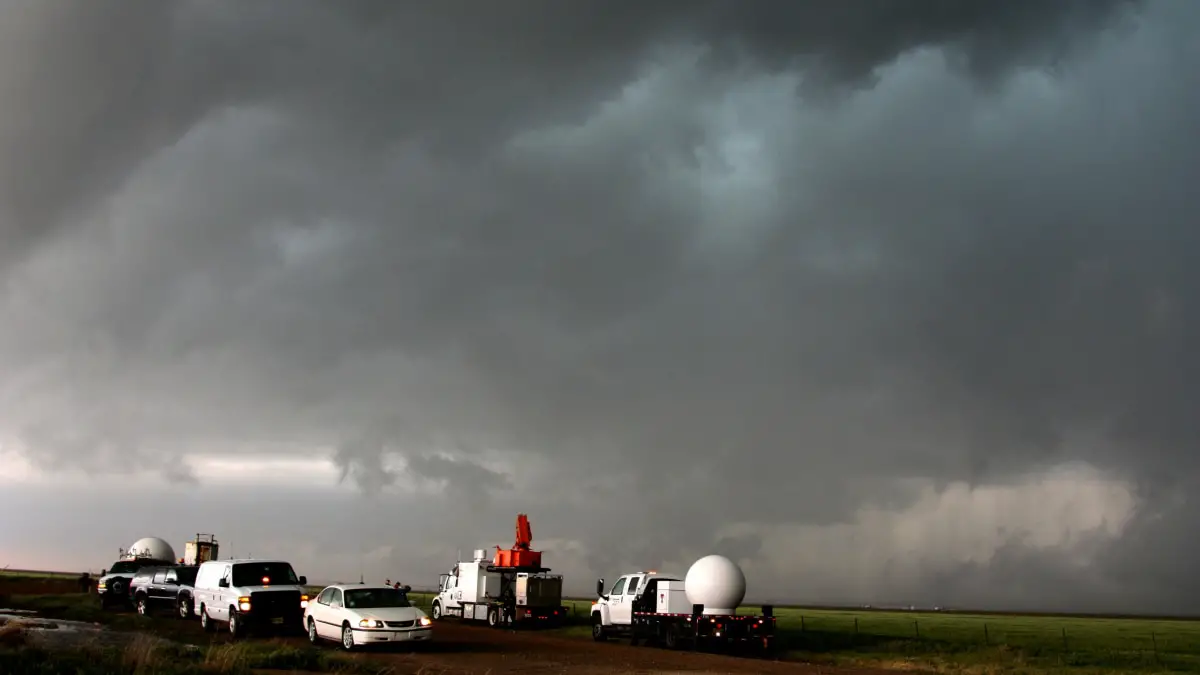A recent study conducted by the World Weather Attribution (WWA) has found that the devastating landslides in Wayanad, which claimed over 200 lives, were significantly influenced by climate change. On July 30, the district experienced 140 mm of rainfall in just one day—making it the third heaviest single-day rainfall event on record. This rainfall, according to the study, was a rare event expected to occur only once every 50 years. However, climate change has intensified such occurrences, making them more frequent.
Climate Change’s Role in Intensifying Rainfall
The WWA study reveals that human-induced climate change contributed to a 10% increase in the intensity of the rainfall that triggered the landslides. The researchers warn that as global temperatures continue to rise, Kerala could face even more intense one-day rainfall events. If the global temperature rises by 2°C above pre-industrial levels, the study predicts an additional 4% increase in rainfall intensity, further elevating the risk of landslides in the region.
Environmental Factors Contributing to Landslide Susceptibility
The study also points to environmental degradation as a key factor in Wayanad’s increased vulnerability to landslides. Quarrying for building materials and a significant reduction in forest cover—62% between 1950 and 2018—have weakened the region’s slopes, making them more prone to collapse under heavy rainfall. The combination of climate change and these environmental issues has created a perfect storm for such disasters.
Recommendations for Preventive Measures
In light of these findings, the WWA emphasizes the urgent need for preventive measures to mitigate the impact of climate change on Wayanad and similar regions. The study suggests reinforcing vulnerable slopes, implementing landslide early warning systems, and constructing retaining structures to protect communities at risk. Additionally, the researchers call for more stringent assessments of landslide risks, stricter controls on hillside construction, and efforts to reduce deforestation and quarrying activities to prevent future disasters.
The WWA’s findings highlight the growing risks posed by climate change and environmental degradation. The tragic events in Wayanad serve as a critical reminder of the urgent need for comprehensive measures to protect vulnerable regions from the increasing threat of extreme weather events.







